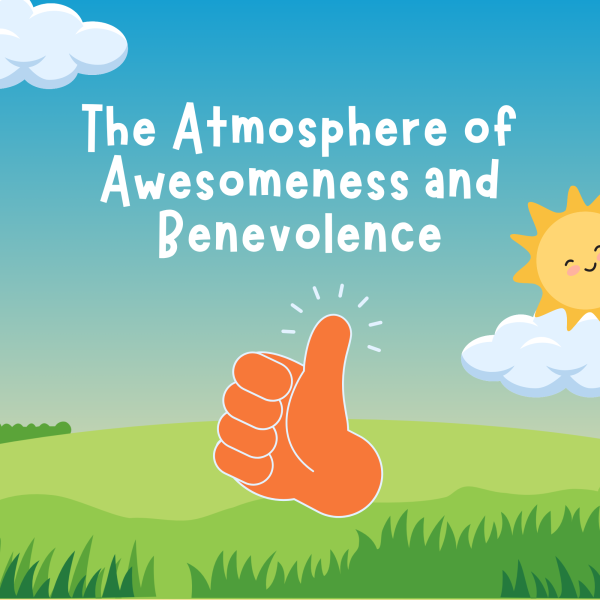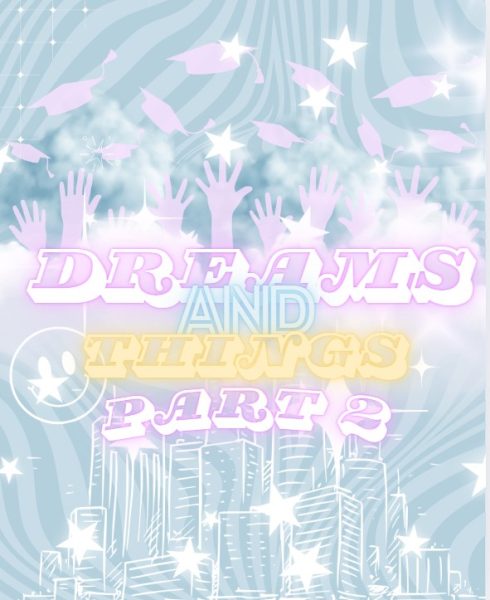ASL, PSE, AND SEE
What is the difference?
Many people do not realize that sign language is not just one uniform language. There are many different variations. Different countries have separate variations, and even in the United States there are different regional changes. In the United States there are 3 widely known forms of sign language. These are ASL, PSE, and SEE.
The first form of sign language, ASL, is taught in many schools. It stands for American Sign Language, and it is used by many deaf people in the United States. ASL has a different syntax and grammar than English, which can be confusing to new signers. Usually sentences in ASL go by the Time + Topic + Comment structure. This means that when it is directly translated to English, it could be confusing. People learning ASL also need to learn the grammar and syntax to be able to use this form of sign language correctly.
PSE, or Pidgin Signed English, is one of the most widely used forms of sign language in the United States. It is said that most deaf people are more likely to understand PSE than any other forms of sign language in the United States. The vocabulary for PSE is taken from ASL, but it is structured differently. The grammar of PSE follows the English word order. This makes PSE one of the easiest forms of sign language in the U.S. to learn, because signers can sign in the order they would say something in English.
Signed Exact English, or SEE, is the exact representation of English through sign language. This form of sign language includes prefixes, tenses, suffixes and more to accurately sign English. Since SEE is so specific in this sense, it takes a longer amount of time to sign a sentence using this form of sign language than it would in PSE or ASL. There are also different forms of a similar sign that help to clarify the specific English word you are signing. For example, in ASL or PSE, the sign for beautiful, lovely, and pretty are all the same. In SEE, the sign is similar between them all but instead you would do the sign while forming the letter that the word starts with. This means if you were to sign pretty, you would do the sign for beautiful but with a P.







